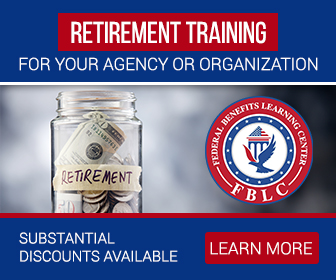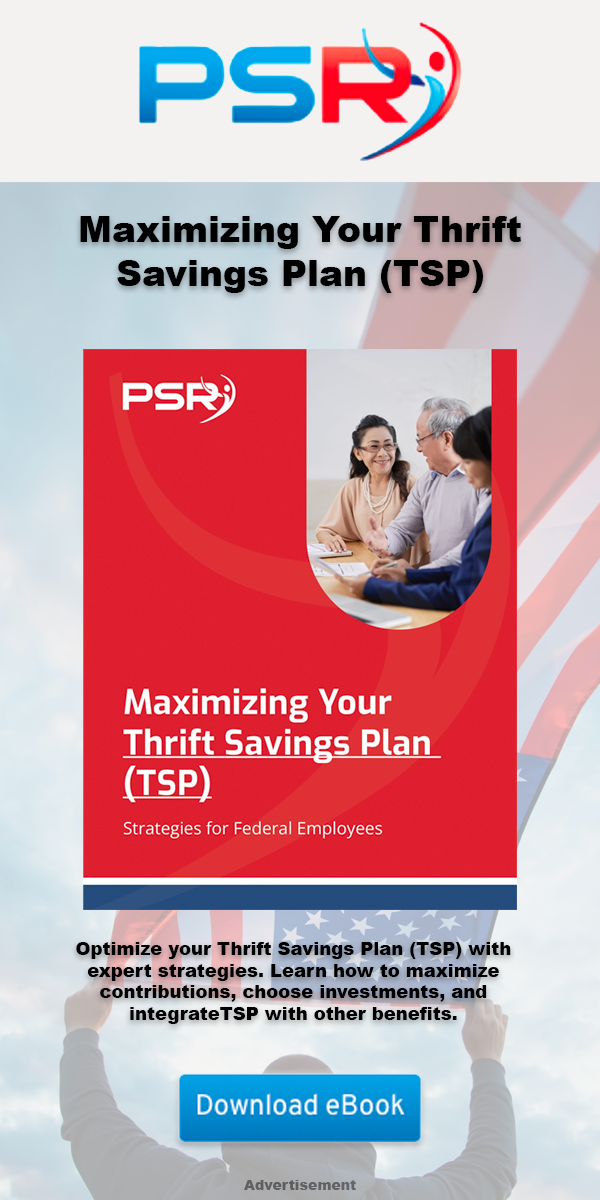Key Takeaways
- Diversifying your Roth IRA investments is crucial for managing risk and optimizing returns.
- This guide covers various investment options and strategies to build a balanced and diversified Roth IRA portfolio.
Investment Options for Your Roth IRA: How to Build a Diversified Portfolio
A Roth IRA (Individual Retirement Account) is a powerful tool for retirement savings, offering tax-free growth and tax-free withdrawals in retirement. To maximize the benefits of your Roth IRA, it’s essential to build a diversified portfolio that balances risk and return. This guide explores various investment options and strategies to help you create a diversified Roth IRA portfolio that aligns with your financial goals.
Stocks: Growth Potential and Market Exposure
- Also Read: New Rules for Federal Employees in 2025: What You Need to Know to Stay Ahead
- Also Read: Seven TSP Fund Allocation Strategies Federal Employees Are Using to Strengthen Their Retirement Portfolios
- Also Read: Military Buyback for Federal Employees: Is It Really Worth It? Here’s What You Need to Weigh Up
1. Growth Stocks: Growth stocks are shares in companies expected to grow at an above-average rate compared to other companies. These stocks typically do not pay dividends but reinvest earnings to fuel growth. Investing in growth stocks can lead to substantial capital appreciation, making them suitable for long-term investors with a higher risk tolerance.
2. Dividend Stocks: Dividend stocks are shares in companies that pay regular dividends to shareholders. These stocks provide a steady income stream and can offer a buffer during market downturns. Dividend stocks are often found in established companies with stable earnings, making them a good option for investors seeking both income and growth.
3. Sector Diversification: Diversifying your stock investments across different sectors (e.g., technology, healthcare, consumer goods) can help reduce risk. Each sector reacts differently to economic changes, so spreading investments across various industries can protect your portfolio from sector-specific downturns.
Bonds: Stability and Income Generation
Bonds are debt securities issued by corporations, municipalities, and governments. They provide regular interest payments and return the principal at maturity, offering more stability than stocks.
1. Government Bonds: Government bonds, such as U.S. Treasury bonds, are considered low-risk investments since they are backed by the government. These bonds provide steady interest income and are ideal for conservative investors seeking stability.
2. Corporate Bonds: Corporate bonds are issued by companies to raise capital. They offer higher yields than government bonds but come with higher risk. The risk level depends on the issuing company’s financial health. Investment-grade bonds are issued by financially stable companies, while high-yield (junk) bonds offer higher returns but with increased risk.
3. Municipal Bonds: Municipal bonds are issued by state and local governments. The interest earned on these bonds is often exempt from federal and sometimes state taxes, making them attractive for investors in higher tax brackets. Municipal bonds can provide a stable income stream with tax advantages.
Mutual Funds: Professional Management and Diversification
Mutual funds pool money from many investors to invest in a diversified portfolio of stocks, bonds, or other securities. They offer professional management and are an excellent way to achieve diversification without selecting individual securities.
1. Actively Managed Funds: Actively managed mutual funds are overseen by professional portfolio managers who actively buy and sell securities to outperform a specific benchmark. These funds offer the potential for higher returns but come with higher fees due to active management.
2. Index Funds: Index funds are a type of mutual fund that passively tracks a specific index, such as the S&P 500. They offer broad market exposure, low fees, and consistent performance relative to the index. Index funds are ideal for investors seeking low-cost, diversified investments.
3. Sector Funds: Sector funds focus on specific sectors of the economy, such as technology, healthcare, or energy. These funds allow investors to gain exposure to particular industries while maintaining diversification within that sector.
ETFs: Flexibility and Cost Efficiency
Exchange-Traded Funds (ETFs) are similar to mutual funds but trade on stock exchanges like individual stocks. They offer diversification, flexibility, and cost efficiency, making them a popular choice for Roth IRA investors.
1. Broad Market ETFs: Broad market ETFs track major indices like the S&P 500 or the total stock market. They provide instant diversification across a wide range of companies and sectors, making them a solid foundation for any portfolio.
2. Sector and Industry ETFs: Sector ETFs focus on specific industries, allowing investors to target particular areas of the economy. Industry ETFs go a step further by focusing on specific industries within a sector, such as biotechnology within healthcare. These ETFs can add targeted exposure to your portfolio.
3. Bond ETFs: Bond ETFs invest in a basket of bonds, offering the benefits of bond investing with the flexibility of trading like a stock. They can include government, corporate, and municipal bonds, providing steady income and diversification within the bond market.
Real Estate Investments: Adding Tangible Assets to Your Portfolio
Real estate can be a valuable addition to a diversified Roth IRA portfolio, offering the potential for income and capital appreciation. While direct real estate investments are not allowed within a Roth IRA, there are other ways to gain real estate exposure.
1. Real Estate Investment Trusts (REITs): REITs are companies that own, operate, or finance income-producing real estate. They trade like stocks and provide exposure to real estate without the need to directly manage properties. REITs offer high dividend yields, making them an attractive option for income-seeking investors.
2. Real Estate ETFs and Mutual Funds: These funds invest in a diversified portfolio of REITs and real estate companies. They provide broad exposure to the real estate market and can be easily added to a Roth IRA. Real estate funds offer the benefits of real estate investing with the liquidity and diversification of mutual funds and ETFs.
Alternative Investments: Exploring Non-Traditional Assets
Adding alternative investments to your Roth IRA can further diversify your portfolio and potentially enhance returns. These investments typically have a low correlation with traditional asset classes like stocks and bonds.
1. Commodities: Investing in commodities such as gold, silver, and oil can provide a hedge against inflation and market volatility. Commodity ETFs and mutual funds offer an accessible way to add these assets to your Roth IRA.
2. Private Equity and Venture Capital: While direct investments in private equity and venture capital are generally not available within a Roth IRA, some funds offer access to these markets. These investments can offer high returns but come with higher risk and less liquidity.
3. Cryptocurrency: Cryptocurrencies like Bitcoin and Ethereum have gained popularity as alternative investments. Some financial institutions now offer cryptocurrency funds that can be held within a Roth IRA. These assets are highly volatile but can offer substantial growth potential.
Building and Managing Your Diversified Portfolio
Creating a diversified Roth IRA portfolio involves selecting a mix of investments that align with your risk tolerance, time horizon, and financial goals.
1. Assess Your Risk Tolerance: Determine how much risk you are willing to take with your investments. Younger investors with a longer time horizon may opt for a more aggressive portfolio with a higher allocation to stocks, while older investors nearing retirement may prefer more conservative investments like bonds.
2. Allocate Your Assets: Decide on the percentage of your portfolio to allocate to each asset class. A common strategy is to use the “100 minus age” rule, where you subtract your age from 100 to determine the percentage of your portfolio to allocate to stocks, with the remainder going to bonds and other assets.
3. Diversify Within Asset Classes: Within each asset class, diversify your holdings to reduce risk. For example, spread your stock investments across different sectors and geographies. In your bond allocation, include a mix of government, corporate, and municipal bonds.
4. Rebalance Periodically: Regularly review and rebalance your portfolio to maintain your desired asset allocation. Market fluctuations can cause your portfolio to drift from its target allocation, so periodic rebalancing ensures it remains aligned with your risk tolerance and goals.
5. Monitor Performance: Keep track of your portfolio’s performance and make adjustments as needed. Stay informed about market trends and economic conditions that may impact your investments. Adjust your strategy if your financial goals or risk tolerance change.
Conclusion
Building a diversified portfolio within your Roth IRA is crucial for managing risk and optimizing returns. By including a mix of stocks, bonds, mutual funds, ETFs, real estate, and alternative investments, you can create a balanced and robust retirement savings strategy. Regularly reviewing and adjusting your portfolio will help ensure it remains aligned with your financial goals and adapts to changing market conditions. With a well-diversified Roth IRA, you can confidently work towards a secure and prosperous retirement.













